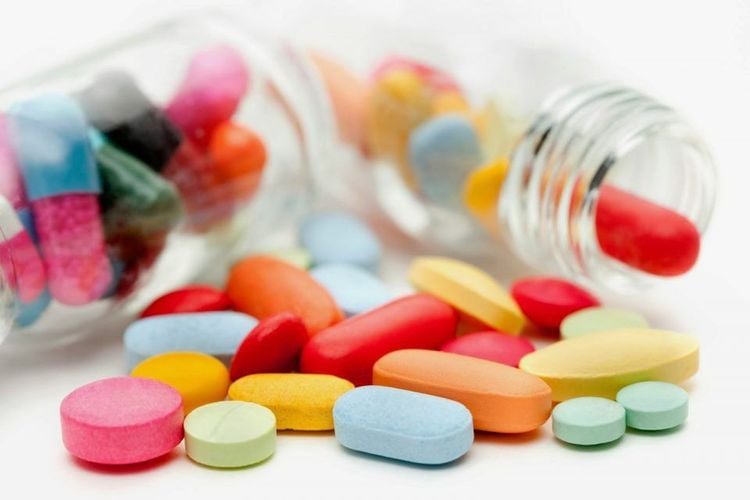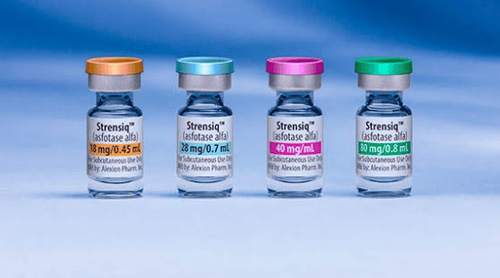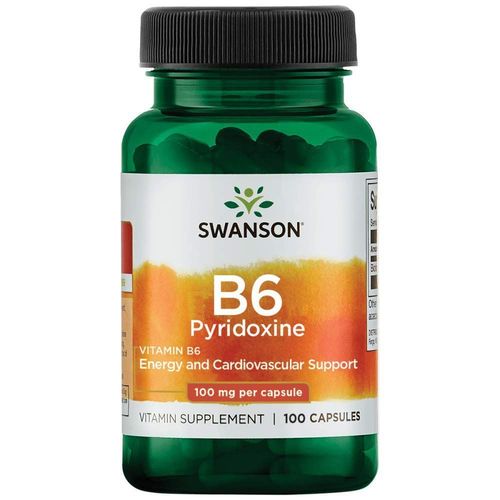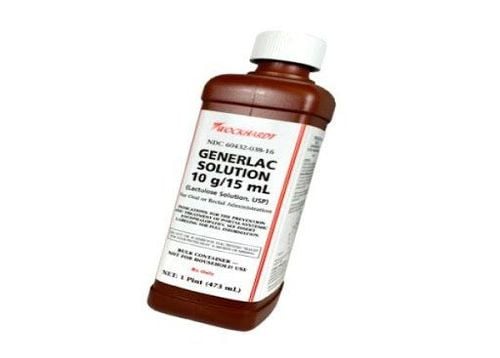This is an automatically translated article.
Porphyria is a rare inherited blood disorder. Early diagnosis and treatment will help patients improve their quality of life.
1. What is Porphyria?
Porphyria (or Porphyria) is a group of rare genetic disorders. This is a condition in which the body is not able to make the heme molecule properly (heme is a component of hemoglobin). The heme molecule is made up of two components, porphyrin and iron. Heme is responsible for the important function of transporting oxygen, creating red blood cells that carry oxygen. In addition, heme is also present in myoglobin - a protein found in the heart and skeletal muscle.
To make heme molecules, the body has to go through many processes. However, if you have a metabolic disorder, Porphyrin, your body will lack some of the enzymes needed to complete the creation of the heme molecule. This causes Porphyrin to accumulate in the tissues and blood, causing various health problems ranging from mild to severe.
2. Porphyrin metabolic disorders
There are 3 most common diseases and their manifestations are as follows:
2.1 Acute intermittent porphyria This is a chromosomal disorder. Patients present with abdominal pain, vomiting, constipation, red wine urine and neurological and mental disorders. Acute manifestations rarely occur before the patient reaches puberty, and symptoms can last from days to months.
2.2 Delayed Porphyrin Disease of the Skin This is the most common disorder of Porphyrin metabolism, characterized by photosensitivity of the skin and often liver disease. The location of skin lesions is usually in open skin, exposed to a lot of sunlight such as the face, back of hands, instep of feet, arms... Patients with liver disease will be at risk of cirrhosis and cancer. hepatocellular carcinoma.
Common manifestations are:
Skin lesions: Rough, wrinkled, not smooth skin; Appearance of blisters on the skin, from a few mm to several centimeters in size, causing pain, burning like a burn. The blisters may then ulcerate and scab over; The sores, when healed, are left on the rough skin, many acnes, and tiny papules. Lesions often leave scars, scabs, skin atrophy, hyperpigmentation or hypopigmentation - creating patchy areas of skin; Long-term disease can cause hirsutism on the face, ears, cheeks, limbs; Other manifestations: Darkening of the skin, nail damage, nail detachment, hair loss due to scars, sclerotic skin lesions in patches, ...

Rối loạn chuyển hóa Porphyrin là 1 nhóm các rối loạn di truyền hiếm gặp
2.3 Red blood cell porphyria This is an autosomal dominant gene mutation. Porphyrins from bone marrow red blood cells and plasma are deposited in the skin, making the skin sensitive to light. Patients often present with red, burning, swollen, itchy skin after a few minutes of exposure to the sun (like angioedema). Chronic skin changes may include: lichenification, pseudo-vesicles on the skin, nail changes, cleft lip. The patient has normal liver function but may have liver disease and gallstones.
3. Causes of disease Porphyrin metabolism disorder
Porphyria is an inherited disease. However, there are several factors that can cause the symptoms of the disease, which are: Infection, effects from drug use, alcohol consumption, sun exposure, hormones,...
There are several factors Factors that increase your risk of getting this disease are: Use of certain medications (birth control pills or sulfonamide antibiotics and psychoactive drugs...), chemicals, smoking, infections, diet or vegetarianism, stress, drinking alcohol, liver disease, sun exposure, eating too much iron,...
4. Diagnosis of Porphyria
If the patient is suspected of having this disease, the doctor may order the patient to perform a number of tests such as:
Urinalysis : If you have acute Porphyrinosis, the urine test may show a high concentration. increased levels of delta-aminolevulinic acid, porphobilinogen acid and some other porphyrins; Blood tests: If you have cutaneous porphyria, a blood test may show high plasma Porphyrin levels; Stool testing: Analysis of the patient's stool results in high concentrations of certain Porphyrins that may not be detected in the urine sample. A stool sample test also helps your doctor determine the specific type of Porphyria you have.
5. How to treat Porphyrin metabolism disorder?
Depending on Porphyrin disease, the doctor will prescribe different treatment directions. Specifically:
5.1 Treatment of persistent acute porphyria The treatment should be carried out as soon as possible after the patient presents with acute illness. The doctor may prescribe a daily infusion of 3-4 mg of heme (as heme albumin, heme arginate or hematin) for 4 days. Glucose may be given intravenously at a rate of up to 20 g/h or parenteral nutrition if the patient is unable to eat or drink for a long time.
The doctor may also prescribe the patient to take narcotic analgesics to relieve abdominal pain during acute episodes; Use phenothiazines to relieve nausea, vomiting, anxiety, and restlessness. The treatment between disease episodes should ensure adequate nutrition, avoid aggravating drugs and well treat other existing diseases (or infections).
5.2 Treatment of Porphyrin disease of late manifestation in the skin During treatment, the patient should avoid factors such as alcohol, estrogen, iron supplements and drugs that make the disease worse. The treatment can be very effective with repeated injections 1-2 weeks until the iron in the liver decreases. Physicians may also prescribe low doses of chloroquine or hydroxychloroquine to promote porphyrin secretion in patients who are unable or unresponsive to injections.
5.3 Treatment of erythrocyte porphyria Patients should limit sun exposure. At the same time, patients should take β-carotene (dose 120-180 mg/day) to improve tolerance to sunlight. Dosage may be adjusted to maintain serum carotene concentrations between 10 and 15 mmol/L.
The doctor may prescribe cholestyramine or activated charcoal because they promote the excretion of protoporphyrin in the stool. In addition, intravenous therapy of purified plasma or heme may also be used.

Tùy thể bệnh rối loạn chuyển hóa Porphyrin bác sĩ sẽ chỉ định hướng điều trị khác nhau
6. Maintain a suitable lifestyle
Porphyria often cannot be completely cured. However, you can still prevent symptoms of the disease and limit the progression of the disease by avoiding the factors that cause the disease. These are: Stimulants, stress, excessive drinking habits, some antibiotics,...
In addition, you can also prevent the symptoms of the disease, reduce sun exposure. by:
Avoid going out at times of strong sunlight; Should wear a long dress, hat, sunglasses, sunscreen or protective clothing when going out in the sun; Talk to your doctor about being protected during surgery because, in rare cases, light injuries can occur in the operating room. Early diagnosis and treatment help prevent porphyria from getting worse. Therefore, as soon as there are any symptoms that warn of this condition, the patient should immediately consult a doctor to choose the most appropriate treatment option.
Please dial HOTLINE for more information or register for an appointment HERE. Download MyVinmec app to make appointments faster and to manage your bookings easily.













